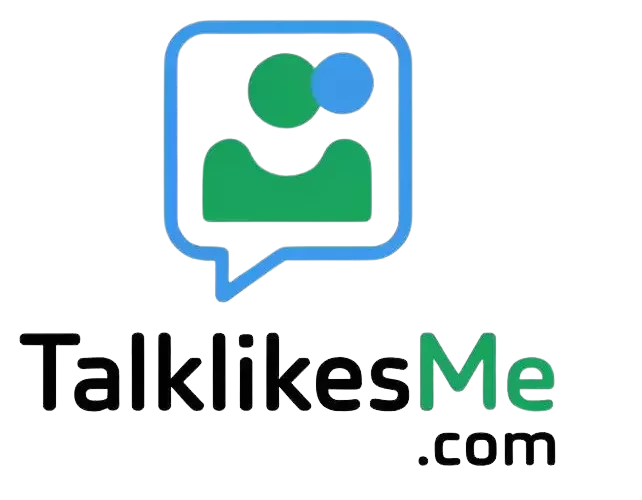
You ever bought something you didn’t plan to just because the website screamed “Only 2 left!”? Yeah, same.
There’s a reason marketers use those phrases like confetti. They’re not just trying to sound exciting – they’re messing with our heads. Smartly. Strategically. And honestly, kind of effectively.
The psychology behind “act now”
Words like “limited time offer” and “exclusive deal” don’t just describe a discount – they create urgency. They’re like little digital elbows nudging you to make a move before you “miss out.”
It’s called scarcity marketing. And it’s built on the idea that we, as humans, hate missing out way more than we enjoy gaining something. Behavioral economists call it loss aversion, but all you need to know is: “Only available today” works better than “This is great value.”
And retailers know it. They’re not guessing. They’re A/B testing it into the ground.
We’re not immune – even when we know what’s happening
Here’s what makes it really work: you can see the tactic, name it, and still go through with the purchase. Not because you’re tricked, but because in that moment, the feeling wins. You know the clock isn’t real, the “last chance” probably isn’t, but something about the wording still pushes the button. And that’s the power of good sales language. It doesn’t need to fool you. It just needs to nudge you at the right time.
Our brains don’t always wait for logic to catch up. That little voice that says “hurry, you might miss out” doesn’t need a lot of proof. It just needs a red banner that says Limited Offer or a fake countdown clock. Even when it’s obvious. Even when it’s been obvious for ten years.
Because let’s be honest—we’re not just buying things. We’re buying a moment. A rush. A weird little spark of urgency that makes life feel slightly less predictable for five minutes.
It’s not just retail – this stuff shows up everywhere
Think about airline websites. One-way flights for $49… “but only for the next 3 hours.” Or hotel booking sites showing you how “12 people are viewing this room.” It’s not a bug, it’s a feature.
Even outside traditional shopping, these tactics have evolved into whole new ecosystems. Take mystery loot crates online, for instance. These gamified platforms don’t just sell products – they sell the thrill. You’re told the crate might disappear soon, or that a rare drop is “only available for 30 minutes.” It’s shopping dressed up like a timed boss fight.
It’s not just FOMO – it’s engineered anticipation.
Why we keep falling for it (and maybe always will)
We’re wired for stories, social proof, and urgency. Marketing lingo just gives those instincts a shove in the direction of a checkout page.
Does that make it manipulative? Sometimes, yeah. But it also makes it effective.
Because at the end of the day, we’re not always looking to make the most rational choice. Sometimes, we just want the experience. The rush. The story we get to tell about the thing we almost didn’t get – until we did.
So next time you see “limited time offer,” you’ll know what’s happening. You’ll pause. You’ll think.
And hey, you might still buy it anyway. That’s the beauty (and curse) of language – it doesn’t just describe our behavior. It shapes it.



